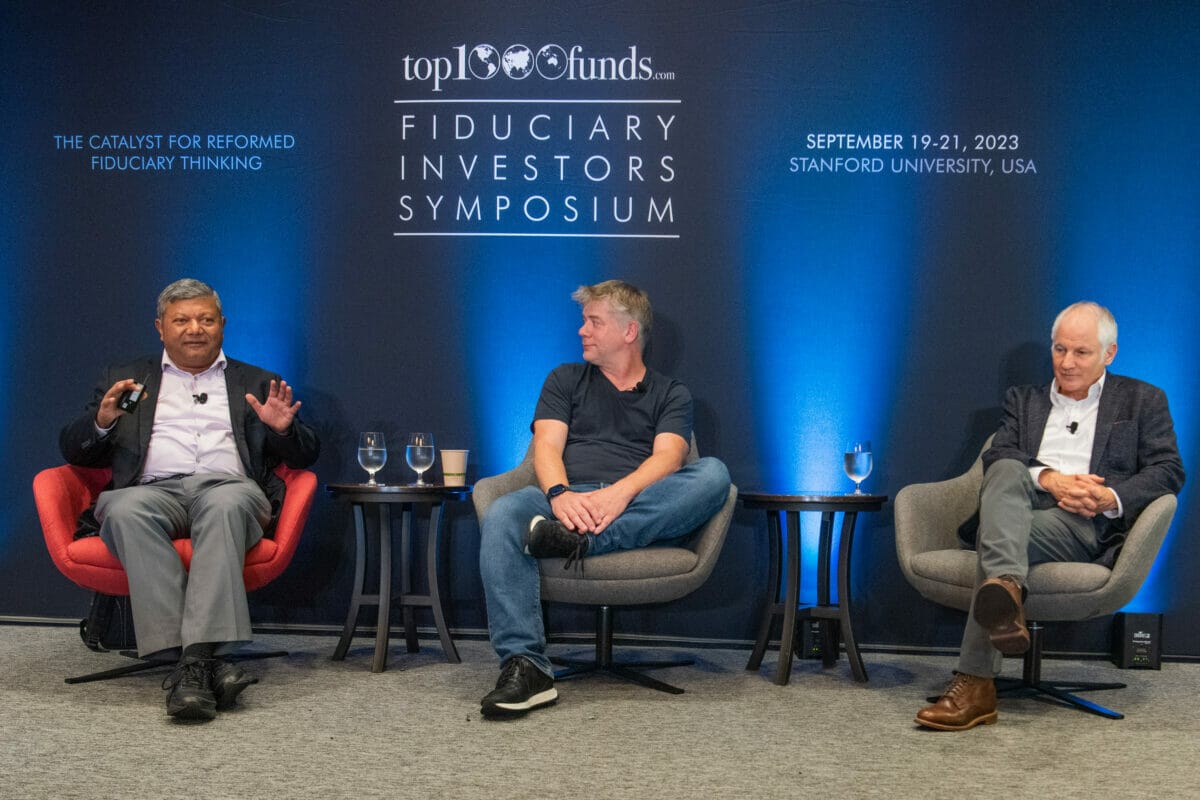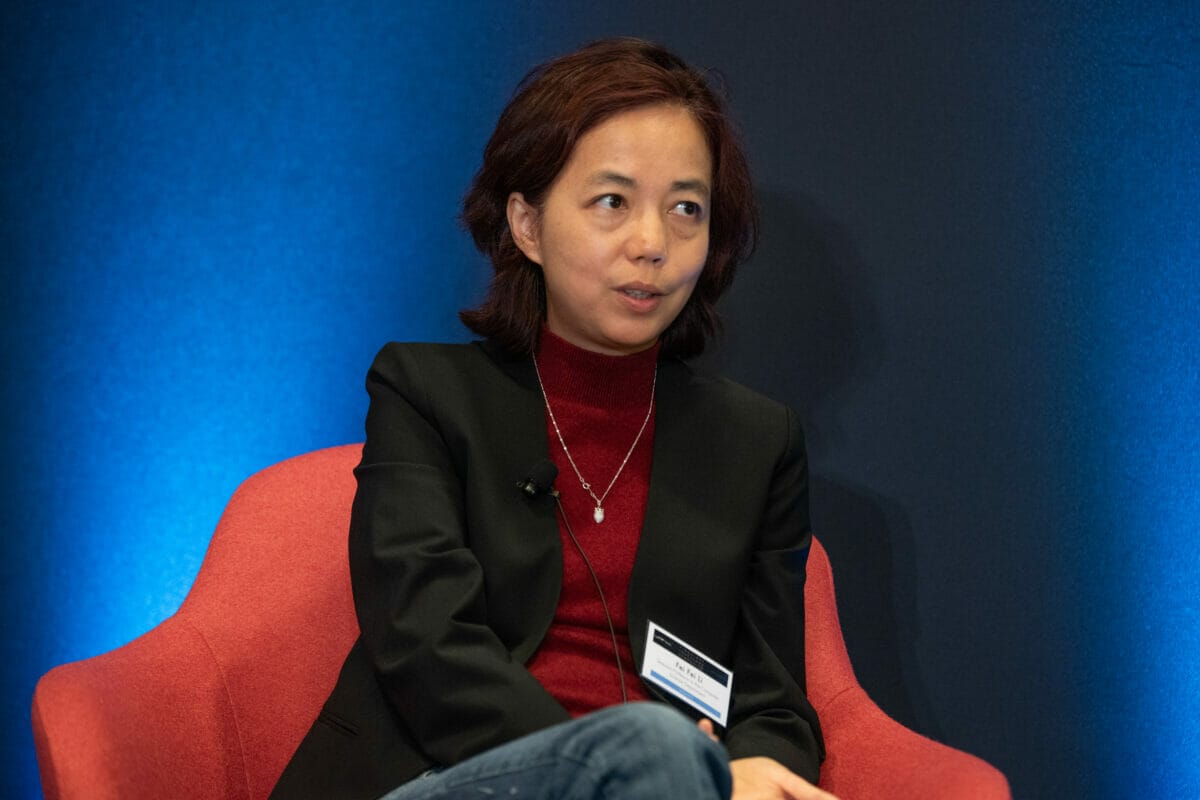More than $4 trillion a year in investment is needed over the next 30 years to meet the goal of net zero by 2050, asset owners have been told. Arun Majumdar, dean of Stanford University’s school of sustainability describes it as the “defining challenge and opportunity of the 21st century” for investors. But Greg Jackson, chief executive of renewables pioneer Octopus Energy, says it is only feasible if a revolutionary new global energy grid is established.
More than $4 trillion a year in investment is needed over the next 30 years to meet the goal of net zero by 2050, asset owners have been told.
The figure, an estimate of the International Energy Agency, was described by Arun Majumdar, inaugural dean of the Stanford Doerr School of Sustainability, as the “defining challenge and opportunity of the 21st century”, with a critical role to be played by private capital.
“All the major nations, fortune 500 companies have made commitments but no-one knows how to get there,” Majumdar told the Top1000funds.com Fiduciary Investors Symposium at Stanford University in California last week.
Majumdar, a former vice-president of energy at Google, said the scale of the challenge was vast but the commercial opportunities for investors were beginning to stack up. “We have never seen solar and wind this good and cheap in human history,” he said.
But Greg Jackson, chief executive of London-headquartered Octopus Energy – which has 5.3 million customers via its retail arm – said “incumbent thinking” was thwarting progress on net zero and investment in renewables.
“If anyone should understand exponential growth its investors,” Jackson told the symposium. “The only thing holding us back is actions of governments, companies and their investors.”
He joked that he was going to “ban the words ‘energy transition’” in his company, urging that a more wholesale shift in consumer and investor behaviour was required.
“We need to build an entirely new, upgraded global energy system,” he said.
Majumdar concurred, describing the approach as “powerful” and noting that the electricity grid used in most nations had not advanced much technologically since “Edison and Tesla”, a reference to 19th century inventors Thomas Edison and Nikola Tesla.
At the same time, Majumdar, who had just returned to the Stanford campus from a tour of Asia, including the G20 summit in India, said it was important that business and activists acknowledged that different regions must set their own timelines and commitments.
He gave the example of Indonesia, which he said would “love to transition” because its food production was already being adversely affected by climate change-related heat waves, but was also still opening and operating coal power stations years away from ammortization.
On the flipside, Jackson said there were signs of swift progress in the developed world, with the number of EV charging stations in the UK growing tenfold in a 12-month period.
In response to a question from the floor from an executive at a US pension scheme, who complained that some interpretations of the fiduciary duty precluded impact investing in renewable energy, Jackson reminded delegates to the symposium of their political clout, as the stewards of almost $8 trillion in investor capital.
“Talk to your governments – if you’re being forced to invest in the wrong things, they [will] listen to you.”



